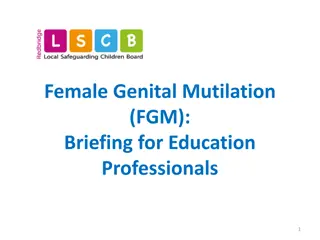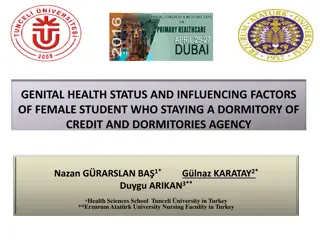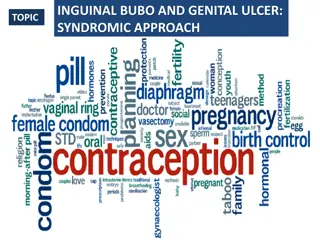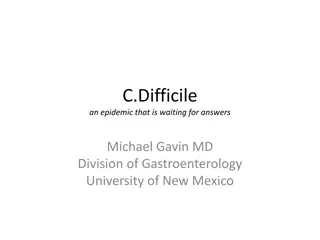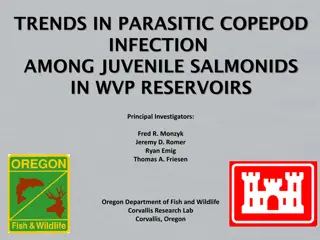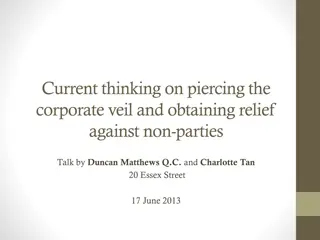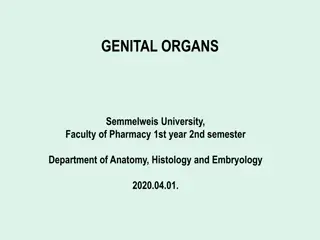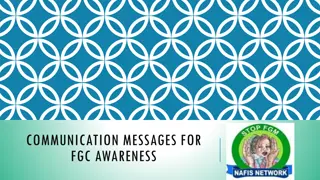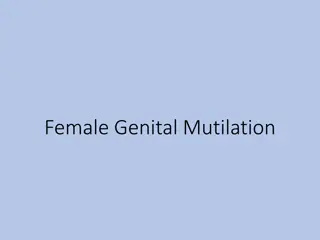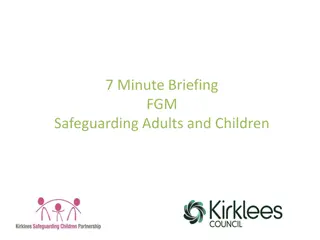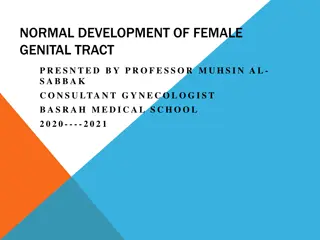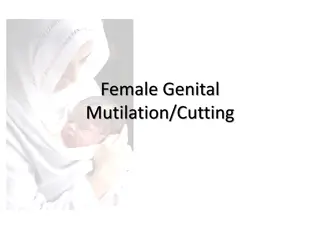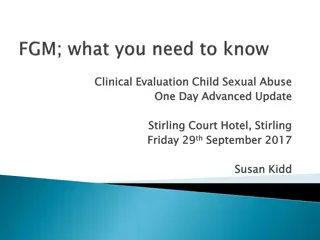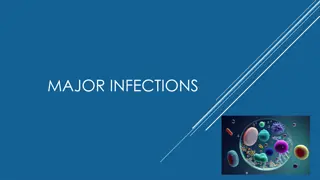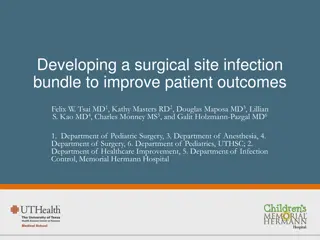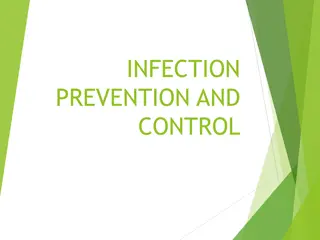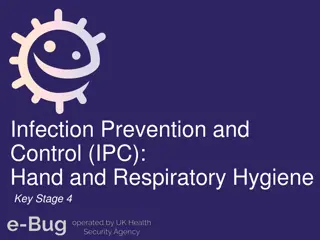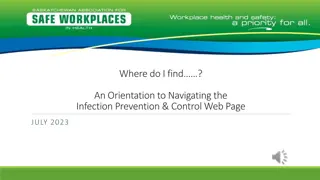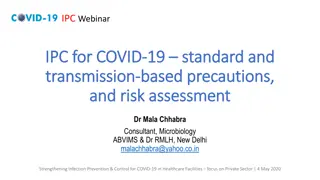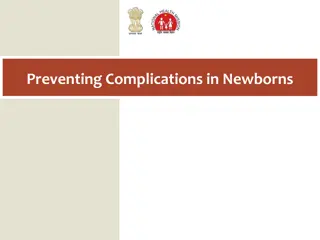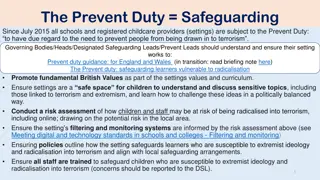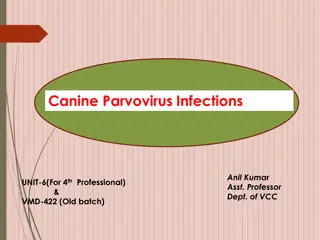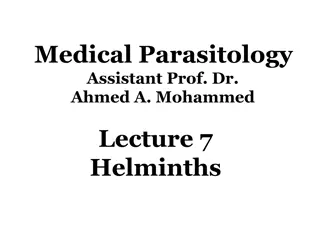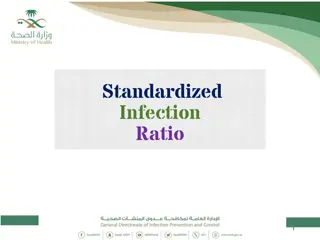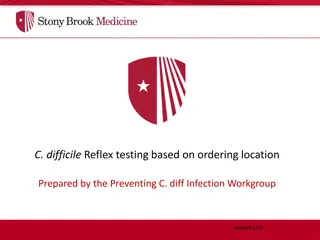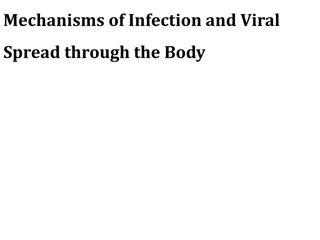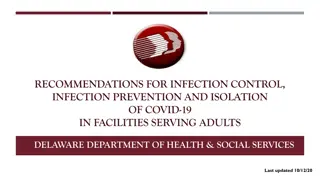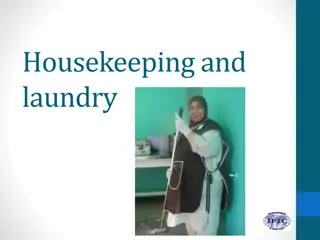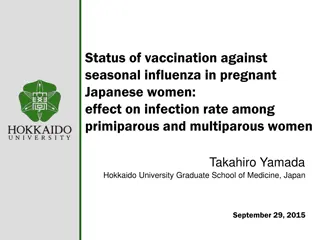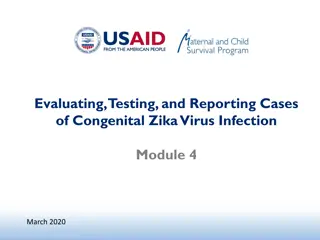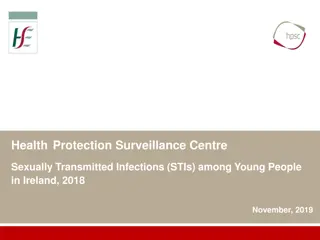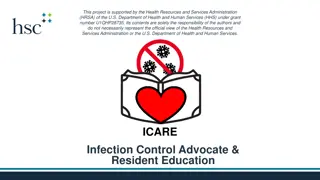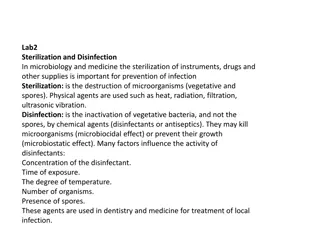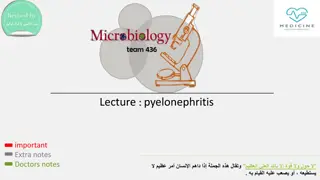
How To Prevent Infection After A Genital Piercing
Any spreading redness, fever, pus, or other signs of infection after male genital piercing treatment should prompt immediate medical attention.
Uploaded on | 5 Views
Download Presentation

Please find below an Image/Link to download the presentation.
The content on the website is provided AS IS for your information and personal use only. It may not be sold, licensed, or shared on other websites without obtaining consent from the author. Download presentation by click this link. If you encounter any issues during the download, it is possible that the publisher has removed the file from their server.
E N D
Presentation Transcript
How To Prevent Infection After A Genital Piercing Getting a new genital piercing like a Prince Albert, Dydoe, or frenum ladder can be an exciting form of sexual self-expression and pleasure enhancement. But that sexy new intimate jewelry also poses unique risks of infection if not cared for properly during the healing process. Genital piercings, by nature, pass through areas dense with bacteria and are highly prone to fluid transfer. Improper hygiene or irritation can quickly escalate into serious infections. Protecting your new piercing is crucial until fully healed here s what you need to know. Common Infections Caused By Male Genital Piercing & treatments Due to the warm, moist environment and abundance of bacterial flora in the genital region, piercing sites are susceptible to several types of infections: Cellulitis A potentially serious spreading bacterial skin infection marked by redness, swelling, heat, and fever. Abscess Pus-filled pockets that form around the piercing as the body tries to fight infection. Folliculitis Infection of the hair follicles around the piercing site causing bumps and inflammation. Impetigo Highly contagious bacterial skin infection characterized by weeping blisters and honey-colored crusting. Candidiasis Overgrowth of the Candida fungus in the piercing hole, causing a rash or white discharge.
Any spreading redness, fever, pus, or other signs of infection after male genital piercing treatment should prompt immediate medical attention. Untreated, these can escalate into life- threatening conditions like sepsis. Proper care from the start remains critical. Essential Piercing Aftercare to Prevent Infection Following your piercer s strict instructions for the entire healing period (often 4-12 weeks) can dramatically reduce infection risks: Clean regularly with saline Use pre-mixed sterile saline solution to flush out any wound fluids, bacteria, and crusties twice daily. Avoid over-cleaning Don t use soap, alcohol, hydrogen peroxide or other harsh cleaning products which disrupt healing. No touching Don t play with, move, or rotate the jewelry excessively while healing as it can transfer bacteria or tear tissue. Downsize jewelry when healed Get longer starter barbells or rings downsized to minimize movements. Practice good hygiene Shower daily, wash hands frequently, and clean piercings last to prevent cross- contamination. Don t submerge piercing Baths, pools, hot tubs and bodies of water should be avoided until fully healed to stop bacterial exposure. Following these basic tenets of piercing hygiene provides the cleanest environment for seamless healing. Other Infection-Prevention Tips Beyond just keeping the pierced area clean, there are several other important steps to promote healing and stop infections: Stay sexually abstinent No sexual activity involving the genital piercing should occur for at least the first 4 weeks to stop fluid transfer. Change out dirty bedding Bacteria from sweat and body fluids can accumulate on sheets. Sleep on fresh bedding while piercing heals. Use breathable clothing Choosing loose, moisture-wicking underwear and pants helps prevent irritation and buildup around piercings. Avoid irritants Don t use any soaps, lotions, sprays or skin products directly on or around new piercings. Let it rest Any extended friction, motion, or irritation to the area interferes with healing and can invite infection. Take it easy. Remember, a small amount of discharge, bruising, and swelling is normal during the healing process but anything excessive requires medical attention.
When to See a Doctor About Infected Piercings If followed faithfully, standard aftercare is usually sufficient to prevent major infections during the crucial 4 6-week initial healing window after a male genital piercing treatment. However, you should seek professional medical care if experiencing any of the following: These can all indicate the presence of a serious and potentially systemic infection that requires oral antibiotics or even intravenous treatment in some cases. High fever over 101 F Intense throbbing or burning pain Redness or swelling spreading outward Discharge containing pus Hard bumps or abscesses forming Discolored tissue or black scabs Additionally, those with pre-existing health conditions like diabetes, HIV, or immune deficiencies should be extra vigilant about monitoring for developing infections since the body has a reduced ability to fight them off. Don t Stress Keeping Genital Piercings Infection-Free is Easy! While the prospect of infection sounds very scary when dealing with delicate areas, maintaining piercing hygiene is actually pretty straightforward if instructions are followed. Just remember these key principles: With a little diligence and patience, you ll be rocking that new intimate piercing look and enjoying all its pleasurable benefits in no time! Your confidence and safety are top priorities. Clean properly with sterile saline Avoid touching/playing with jewelry Practice sexual abstinence initially Watch for spreading redness or pus See a doctor with any signs of infection Frequently Asked Questions How long does it typically take for a genital piercing to fully heal? Most male genital piercings post-treatment require at least 4-6 weeks for the outer holes to close up and heal over. More complicated piercings like a Prince Albert could take up to 12 weeks to fully heal on both the inside and outside areas. Can I use antibiotic ointment on a new genital piercing?
Actually, most reputable piercers advise against using antibiotic ointments or creams directly on fresh piercings. These can thick and clog the piercing holes, trapping fluid and bacteria inside. Sterile saline solution is recommended instead. What are signs that a genital piercing is rejecting? Potential signs of piercing rejection include the holes becoming increasingly tight around the jewelry, constant thick discharge or bleeding that won t clear up, and jewelry not being able to move freely within the piercing channel. At this point, removal is usually recommended before scarring worsens. Get the Care and Protection Your New Piercing Needs Few things are as exciting and intimately pleasurable as getting outfitted with stylish new genital body jewelry. But leaving a piercing unprotected during those crucial healing weeks can derail the entire experience with unsightly infection. Stop that gruesome scenario by following our expert hygiene tips and reaching out promptly if anything seems abnormal. We re here to guide you toward safe, healthy new piercings! Have a new intimate piercing that just doesn t seem to be healing right? Bring it in for evaluation and care from the conscientious, professional team at California Adult Circumcision today! We have the experts for every adult medical condition such as genital piercings, adult circumcisions, fordyce spots treatment, Remove Frenulum, and more. Get in touch with us today! Visit Our Website: California Adult Circimcision

